The Henry R. Winkler Center for the History of the Health Professions and the Cecil Striker Society for the History of Medicine will host the 9th Cecil Striker Society Annual Lecture on Thurs., May 3, 2018.
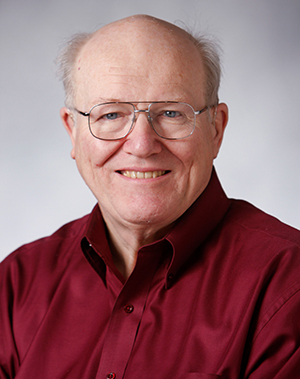
Michael Farrell
This year’s lecture will focus on the contributions and historical relevance of Pediatrics in the Cincinnati region with a primary focus on The Children’s Hospital. Michael Farrell, M.D. and Bea Katz, Ph.D. will serve as our co-lecturers for the event. Dr. Farrell is currently Professor of Pediatrics at the University of Cincinnati College of Medicine. He was Director of the Pediatric Residency Programs until 2001 and Chief of Staff at Cincinnati Children’s Hospital Medical Center until 2015. His major interests are general pediatrics, the history of medicine and gastroenterology/nutrition. Bea Katz, Ph.D., the editor of Cincinnati Children’s Hospital Medical Center (2008) by Arcadia Publishing, has chronicled the history of Children’s Hospital for 30 years, first as a writer in the hospital’s Marketing and Communications Department and later, post-retirement, as an independent author and researcher.
Their lecture is entitled Cincinnati Children’s Hospital Impacting the Health of Children in Our Community and the World: The Past, Present and Future and will be held from 5:00-6:30pm in Kresge Auditorium, Medical Sciences Building, 231 Albert Sabin Way. A reception will immediately follow the lecture from 6:30-7:30pm held outside of the Lucas Boardroom; with an accompanying exhibit inside of the Lucas Boardroom highlighting the pediatric history of Cincinnati.

Bea Katz
Originally formed in 1976, the initial purpose of the Society was to promote and perpetuate an interest in the history of medicine and all related disciplines in the health care field. Currently, the lecture helps to engage the local community in topics related to the history of medicine; brings people together who have a common interest in the history of medicine; and fosters positive attention to the Winkler Center through publicity and scholarly activities.
__________________________
The Henry R. Winkler Center for the History of the Health Professions gratefully recognizes the generosity and foresight of the following individuals and organizations who have provided significant support to establish the Cecil Striker Lecture Endowment Fund. This endowment fund is a vital permanent resource to strengthen the annual lecture program.
Presenting Sponsor
Dr. and Mrs. Carl Fischer
Dr. and Mrs. Theodore W. Striker
Dr. John E. Bossert
Cincinnati Children’s Hospital Medical Center
Supporting Sponsor
UC Health
Additional support provided by Dr. and Mrs. Michael K. Farrell and Cecil L. Striker, PhD.
To discuss a gift to the Winkler Center, contact Christa A. Bernardo, Director of Development, at (513) 556-0055 or christa.bernardo@uc.edu.

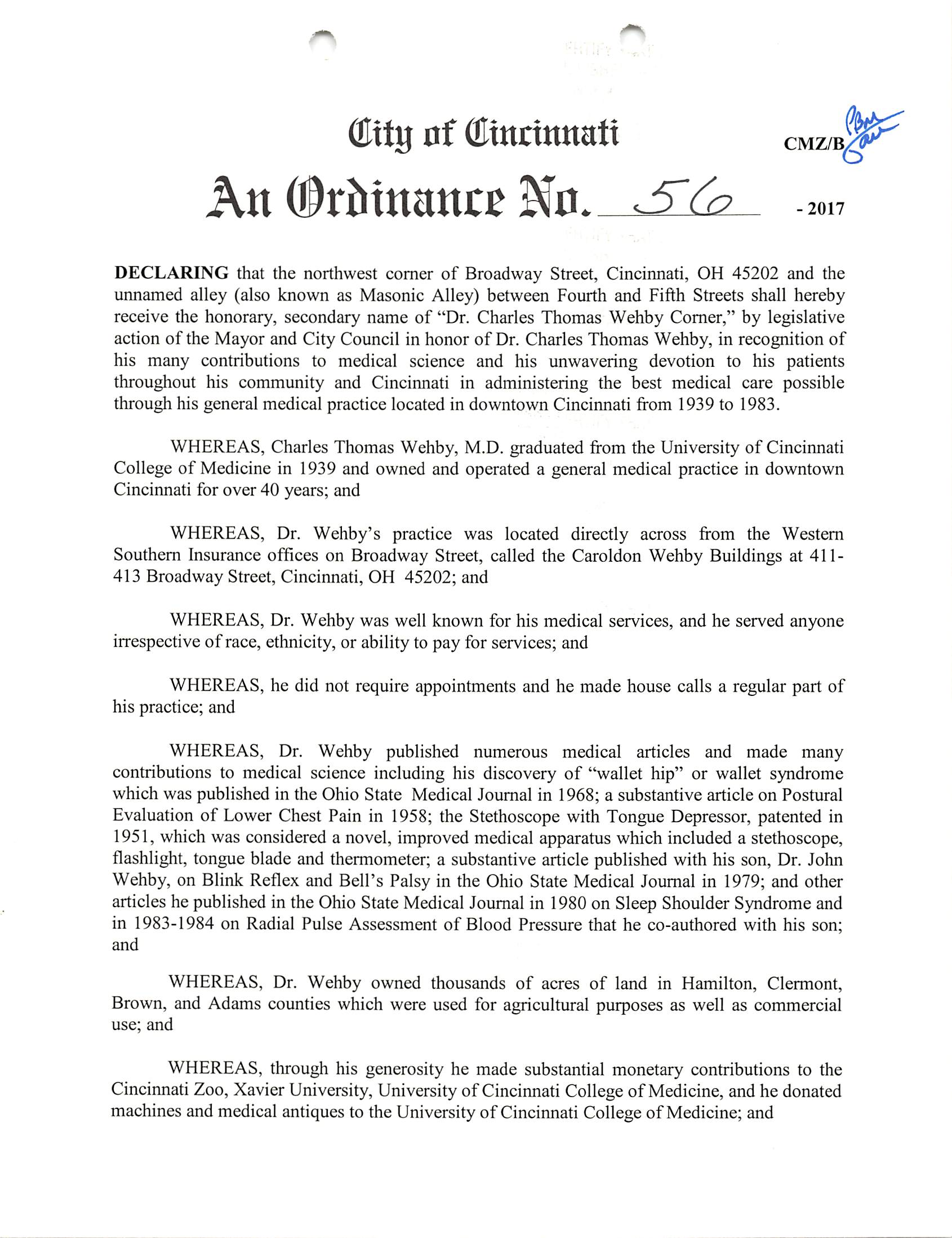
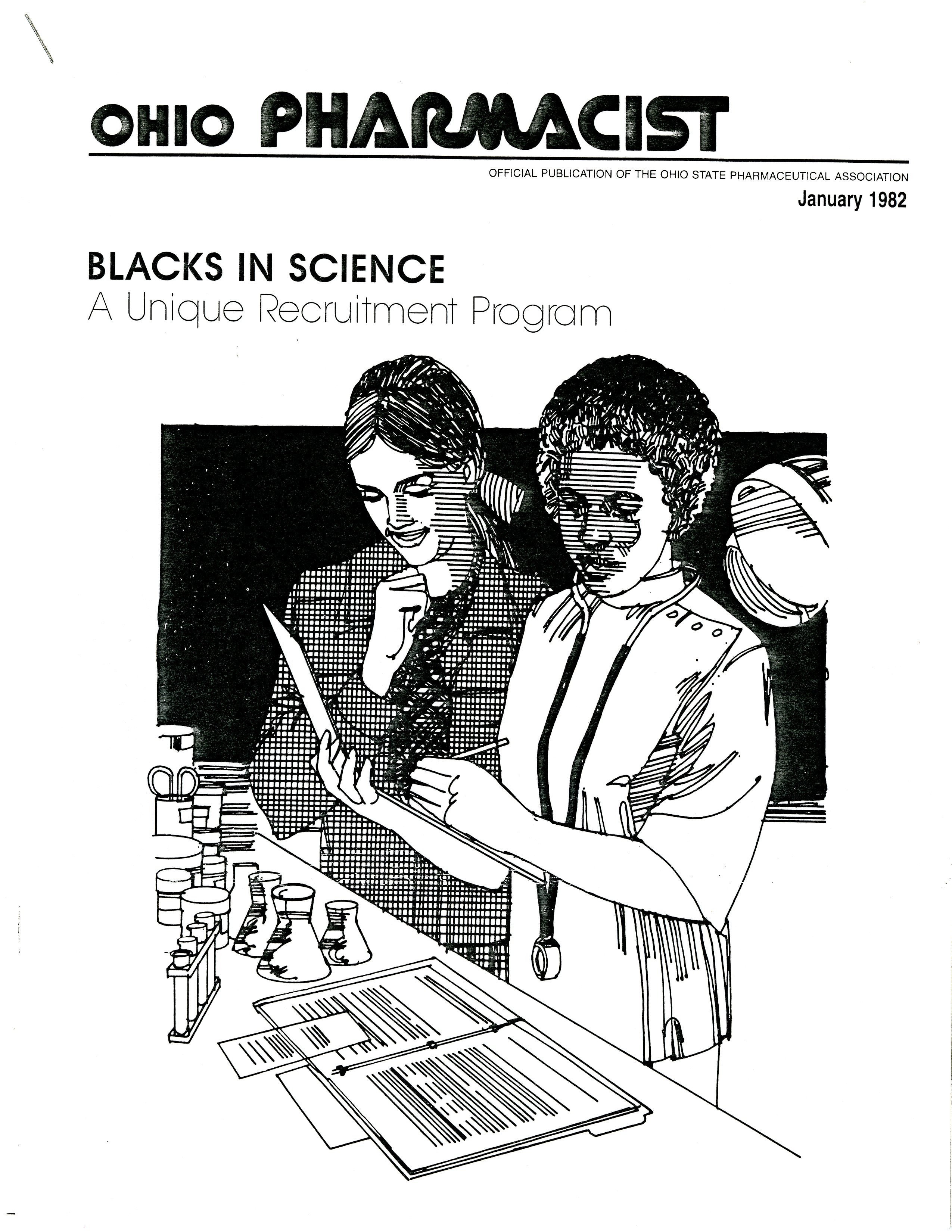
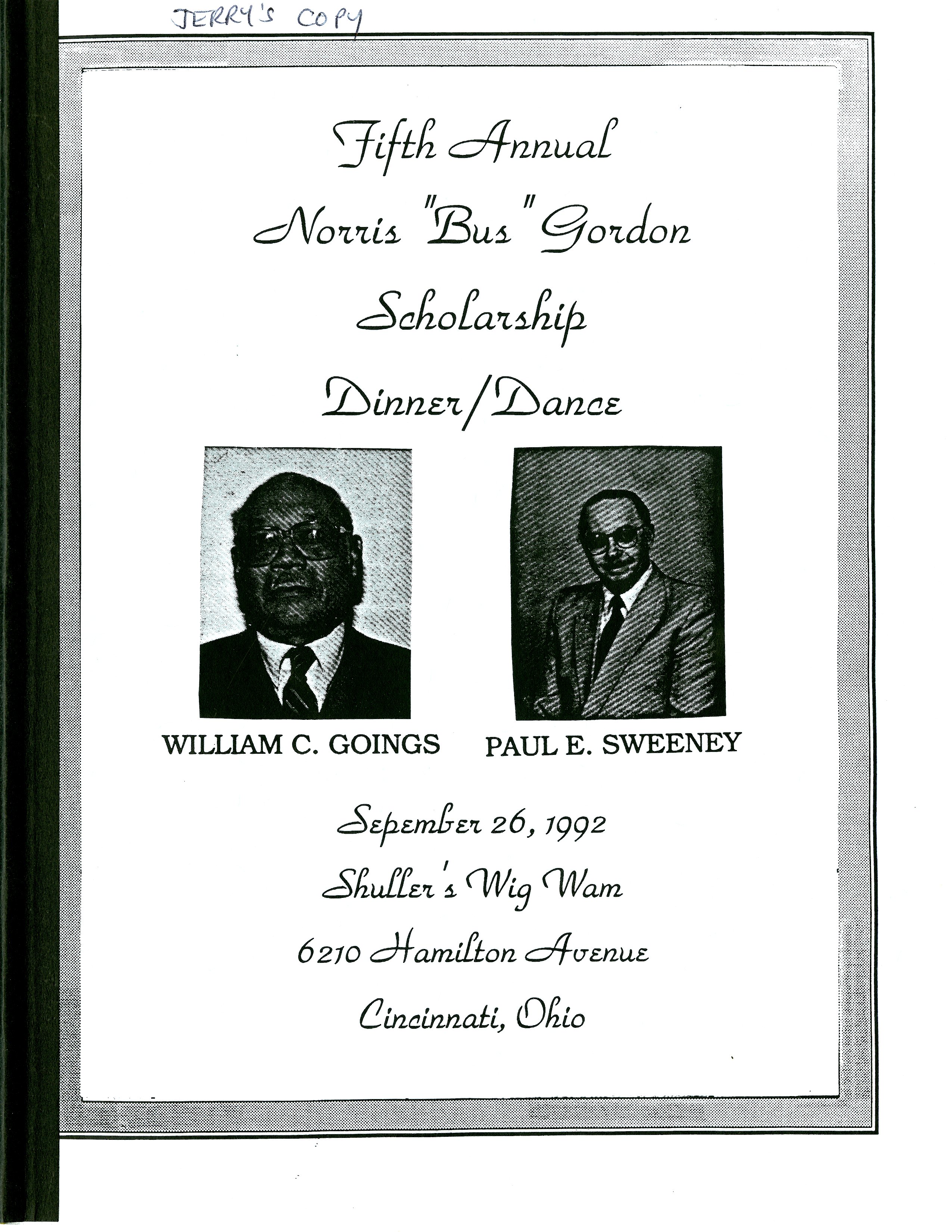
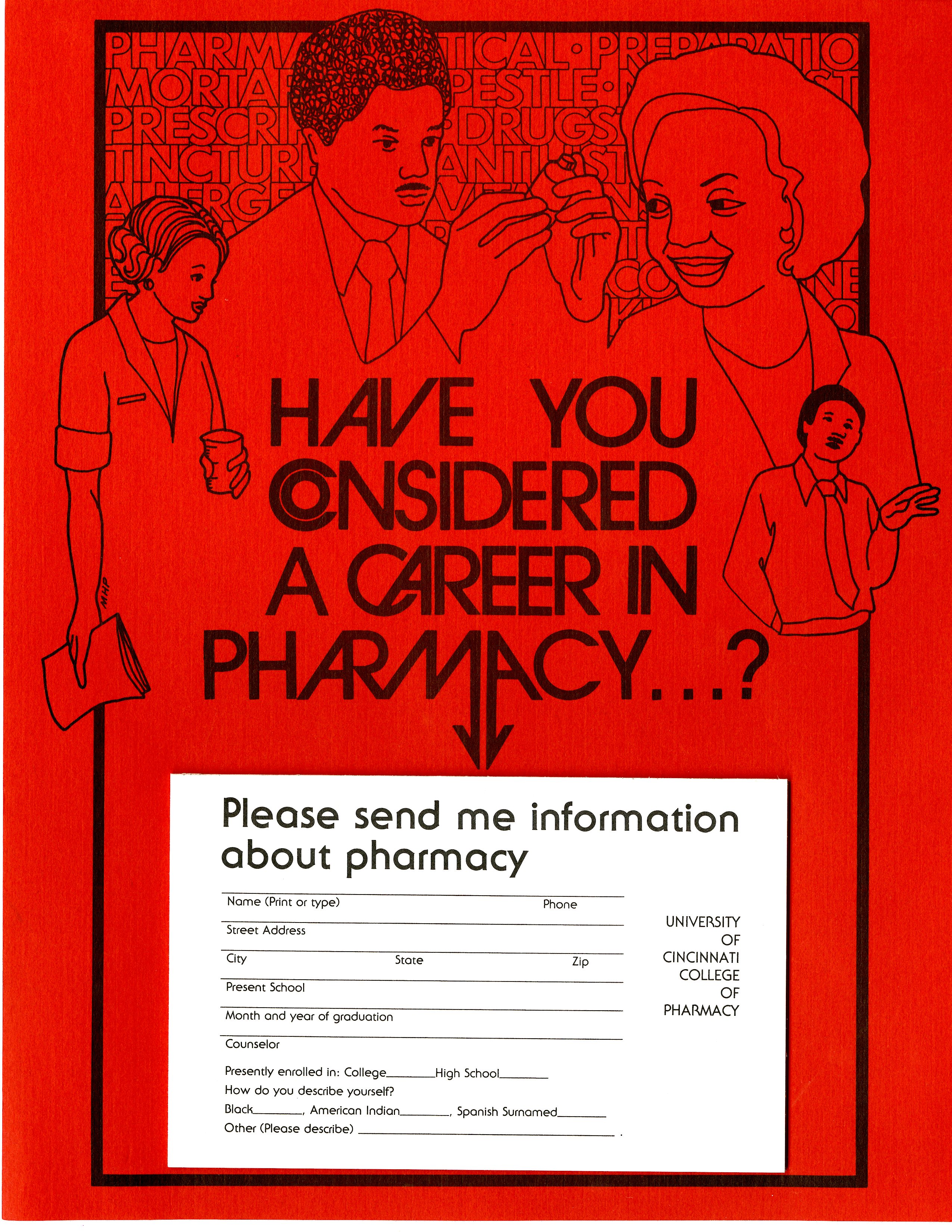

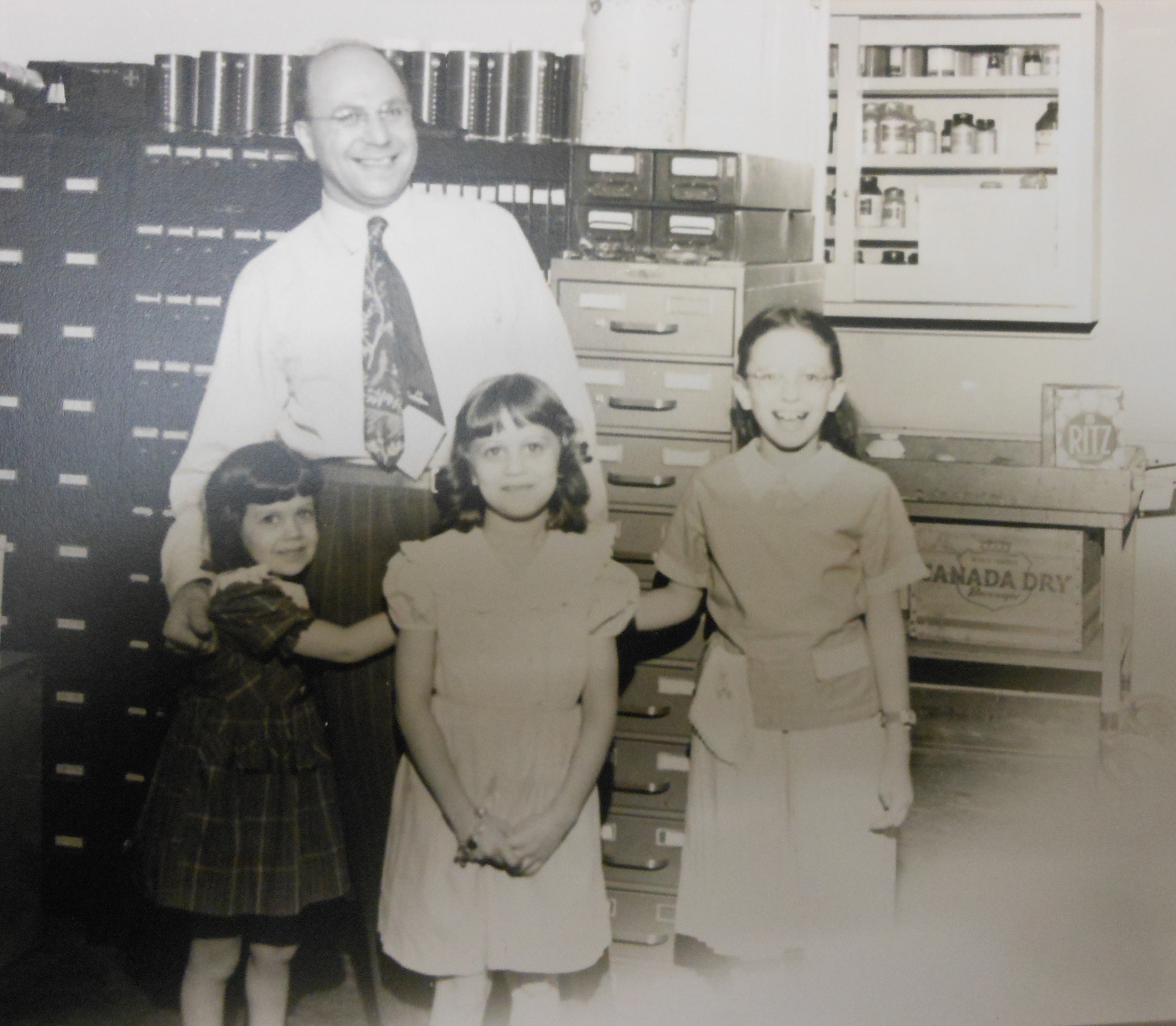


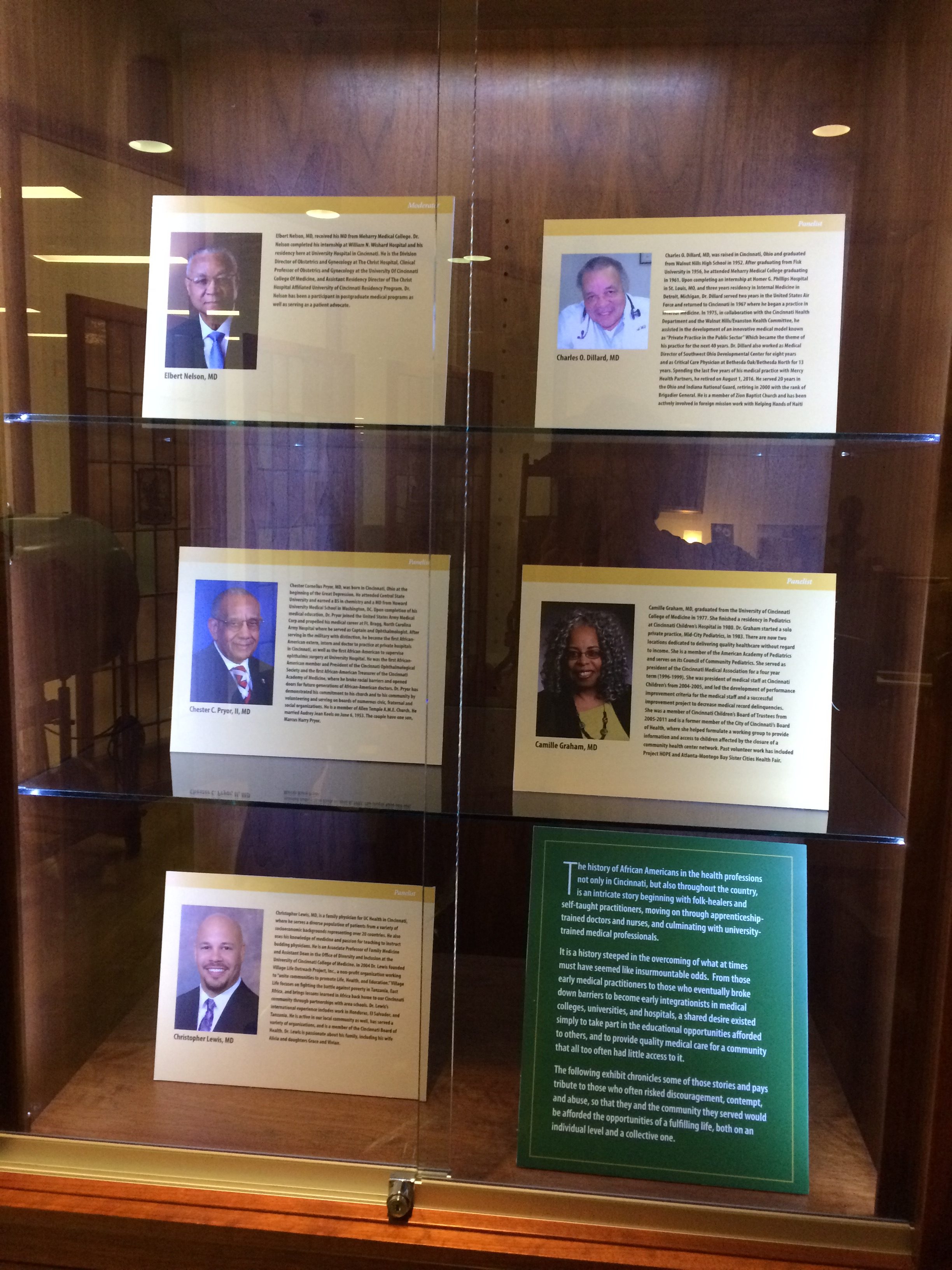
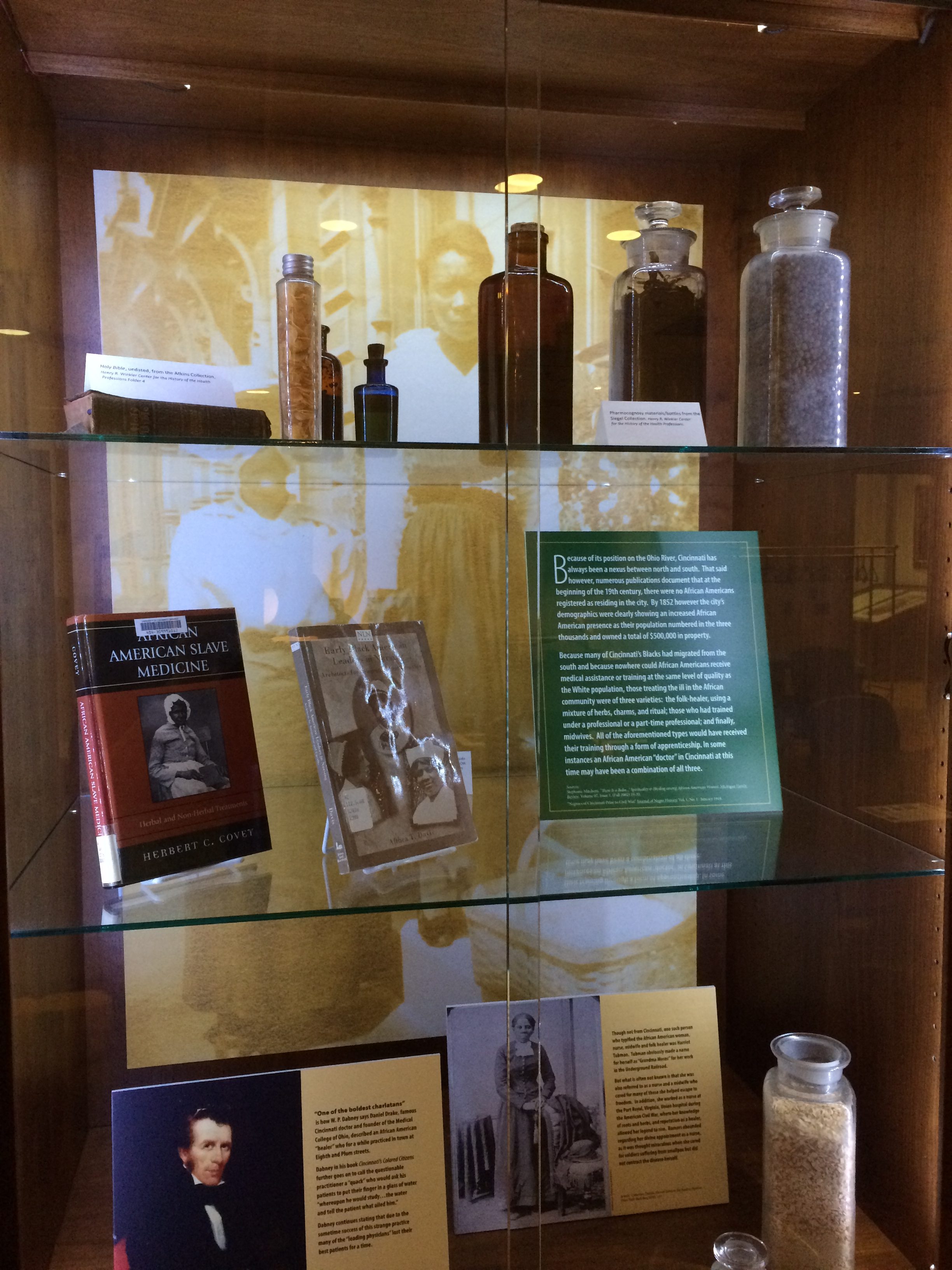
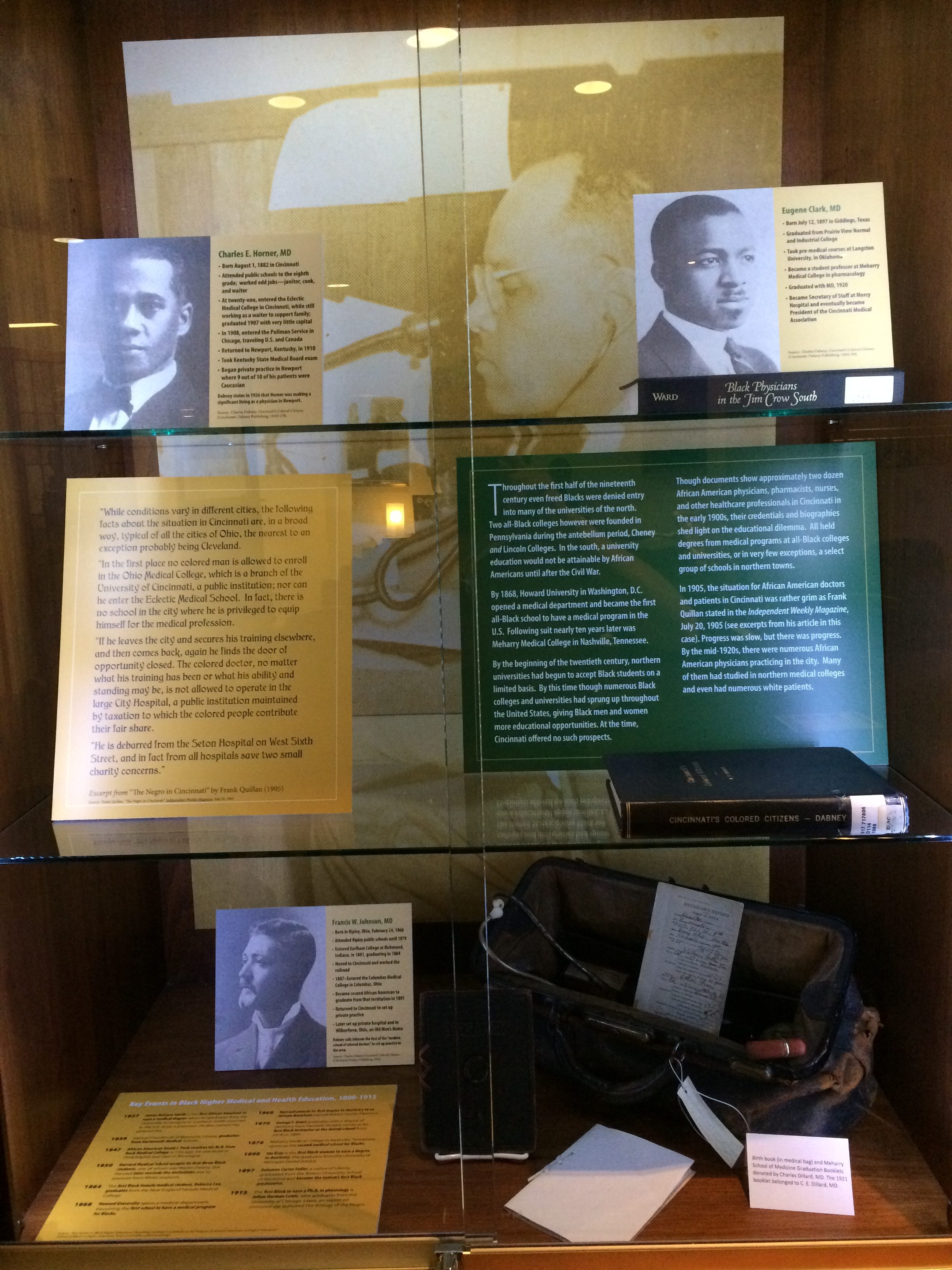
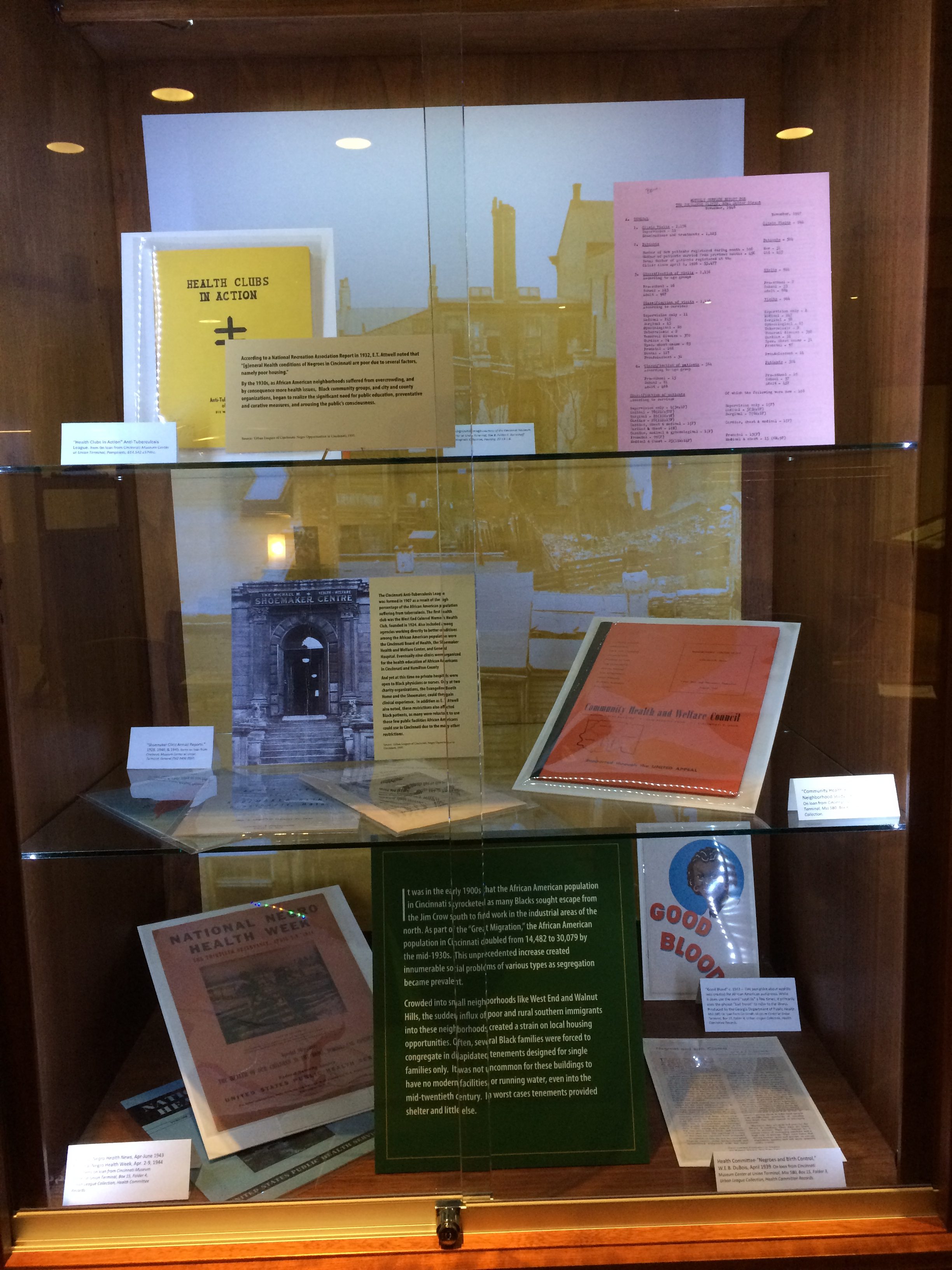
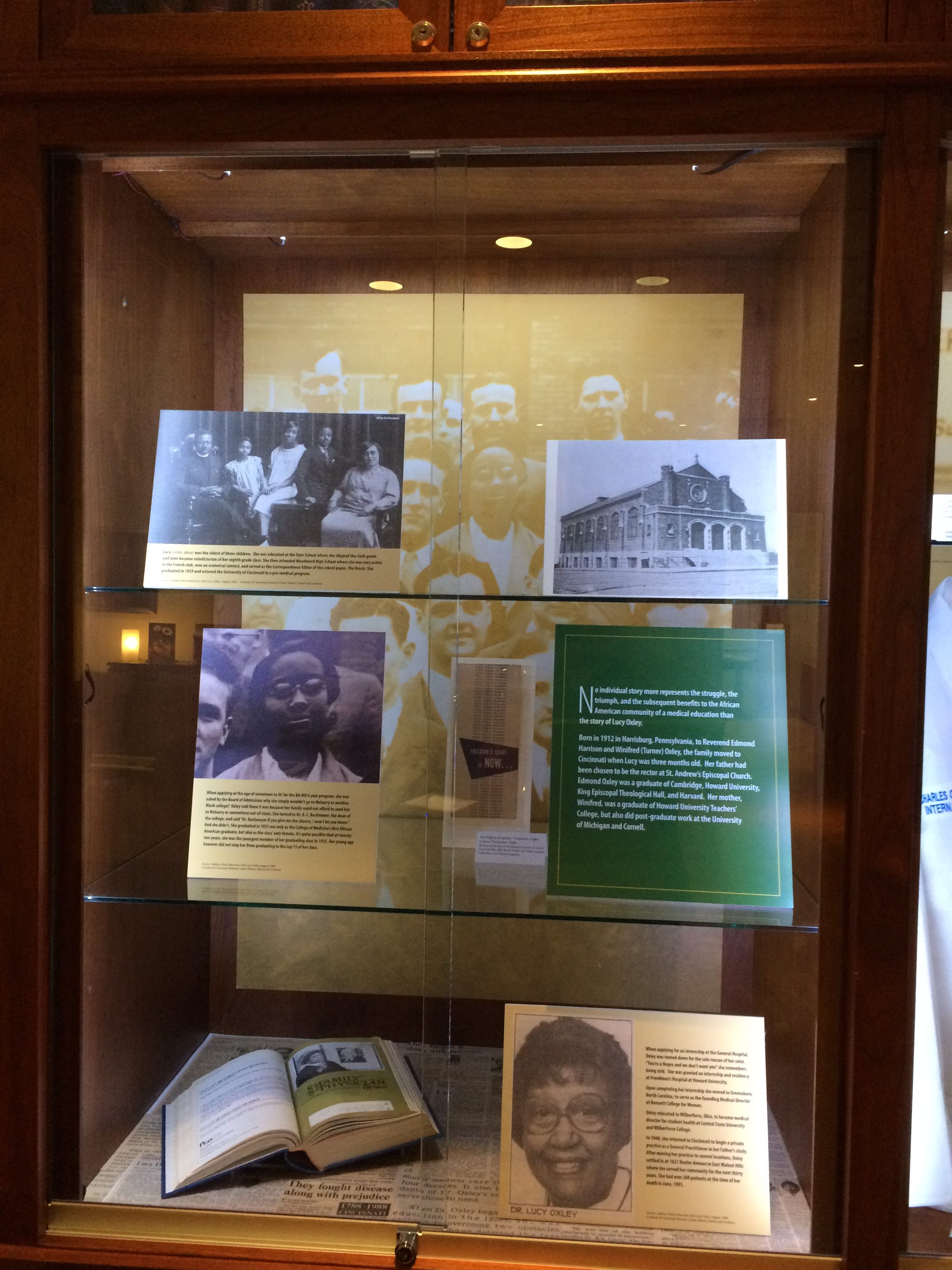
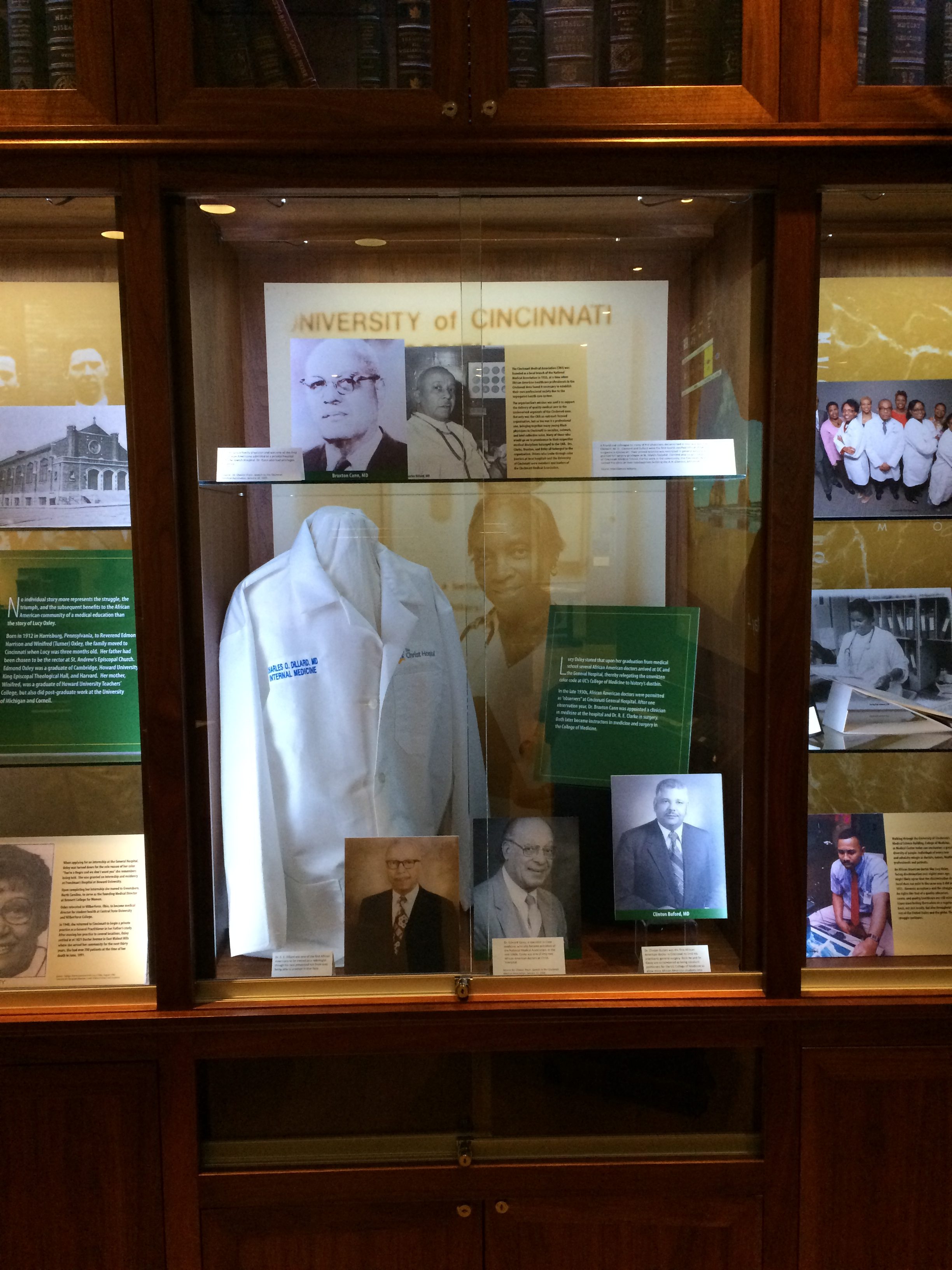
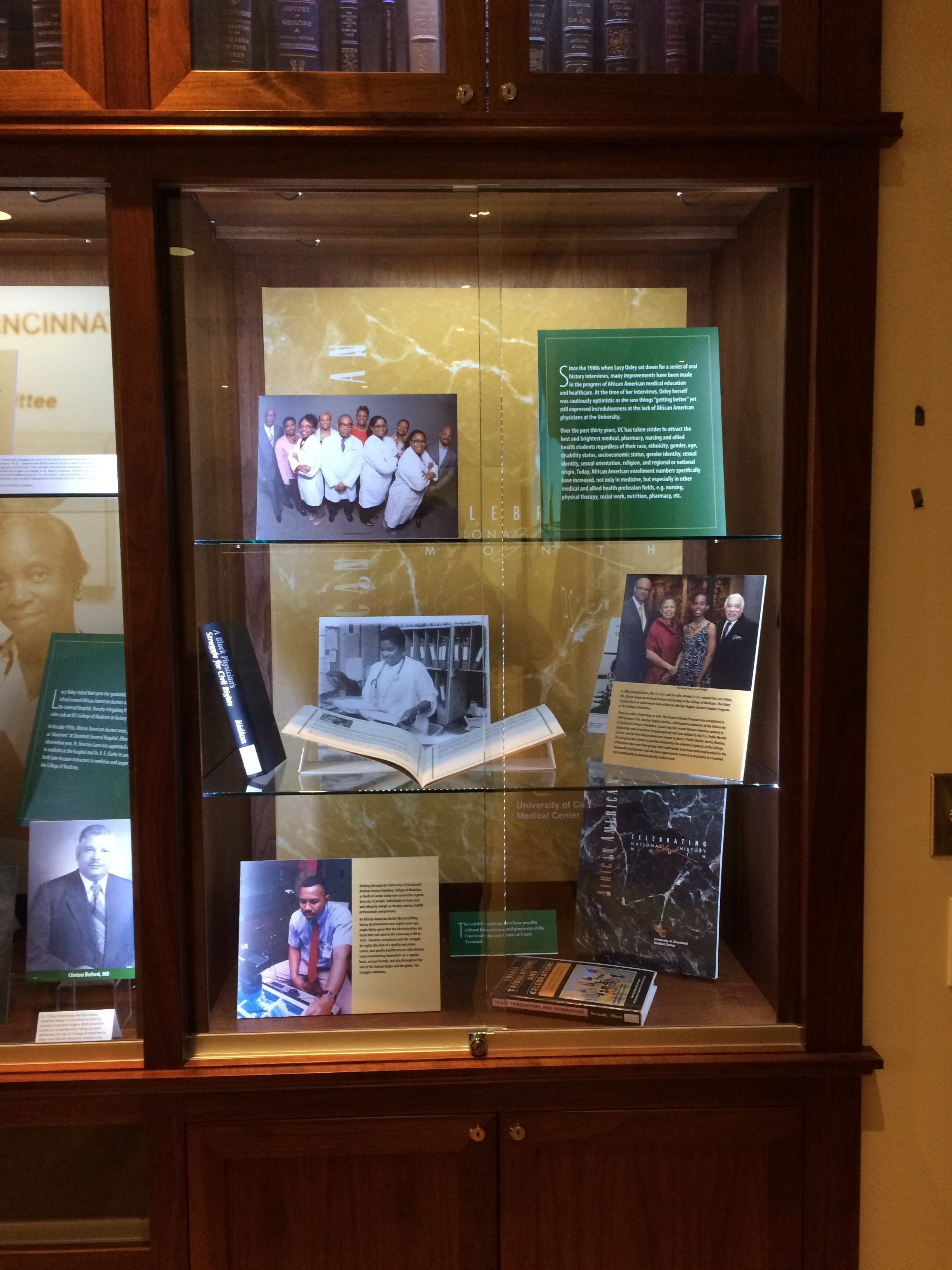
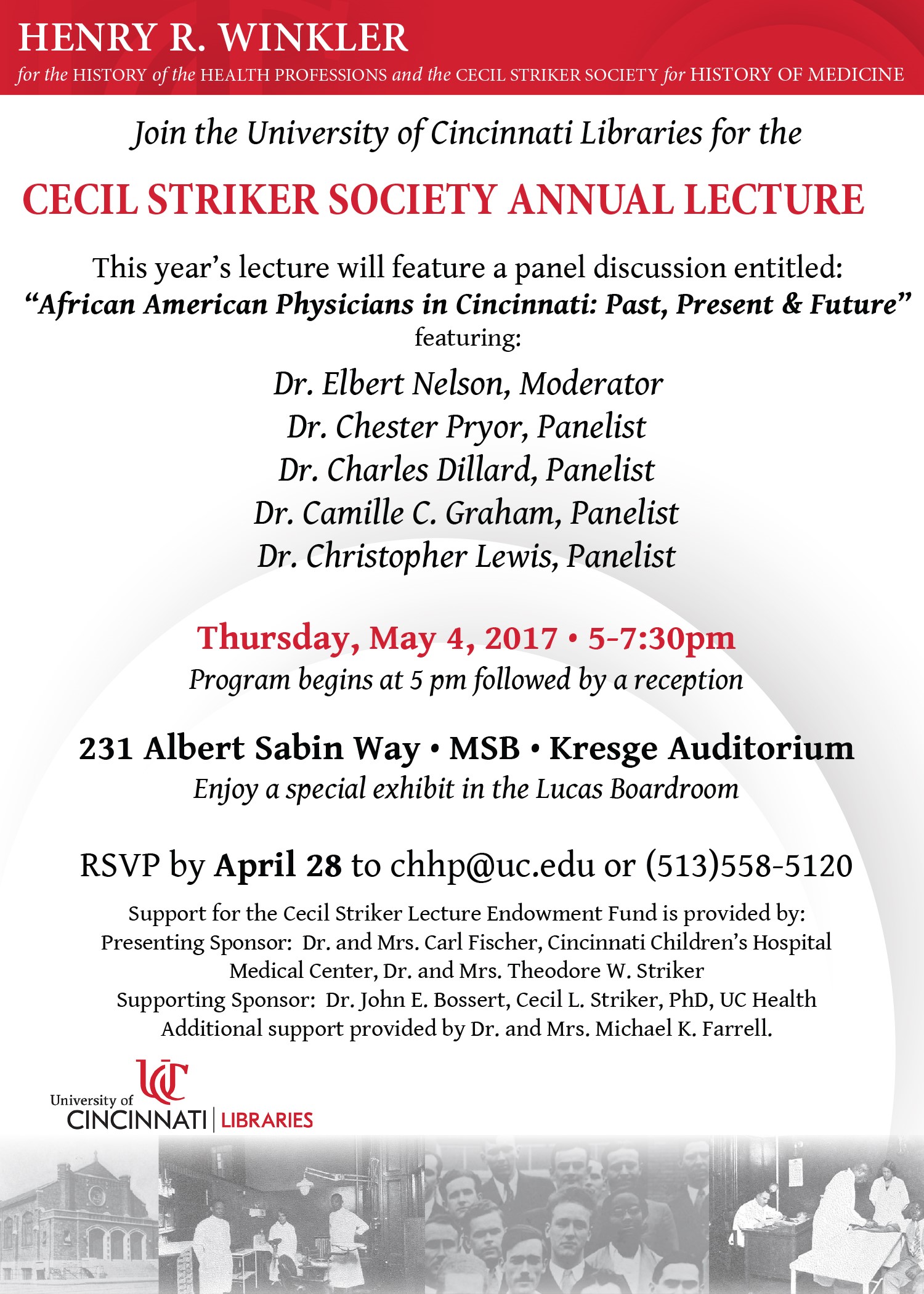
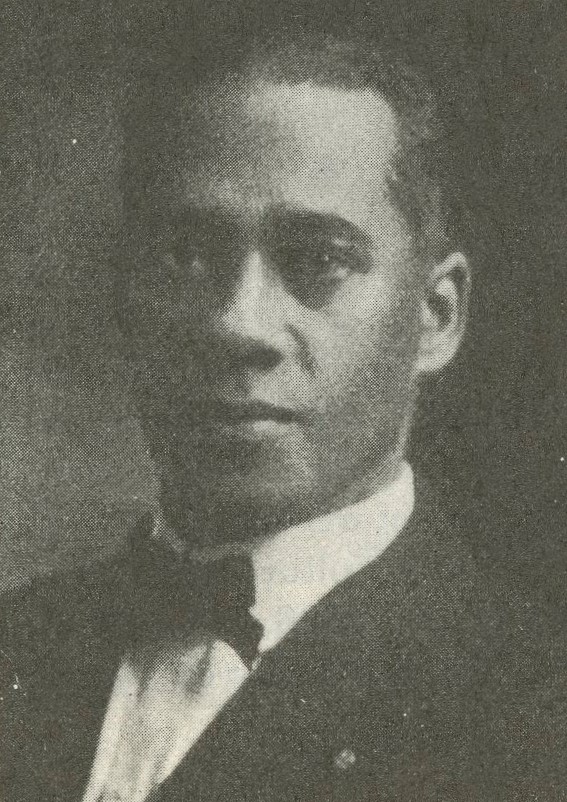
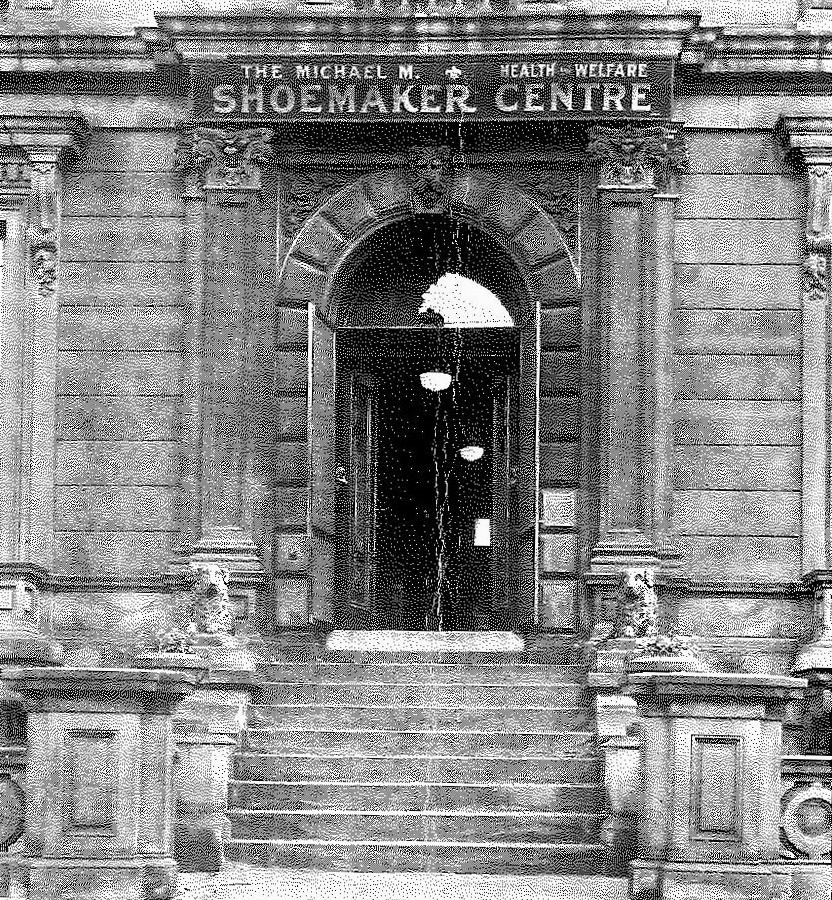
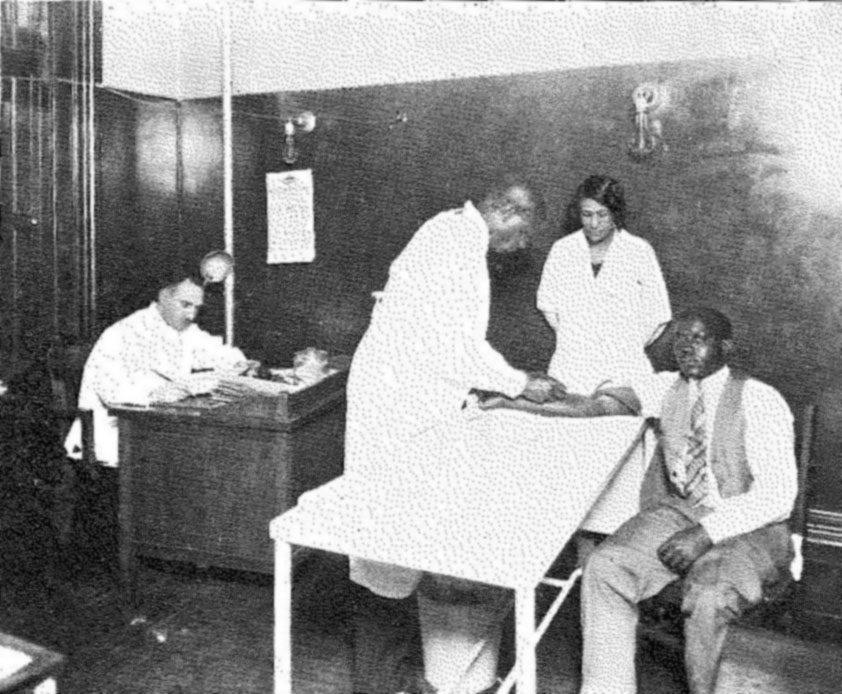
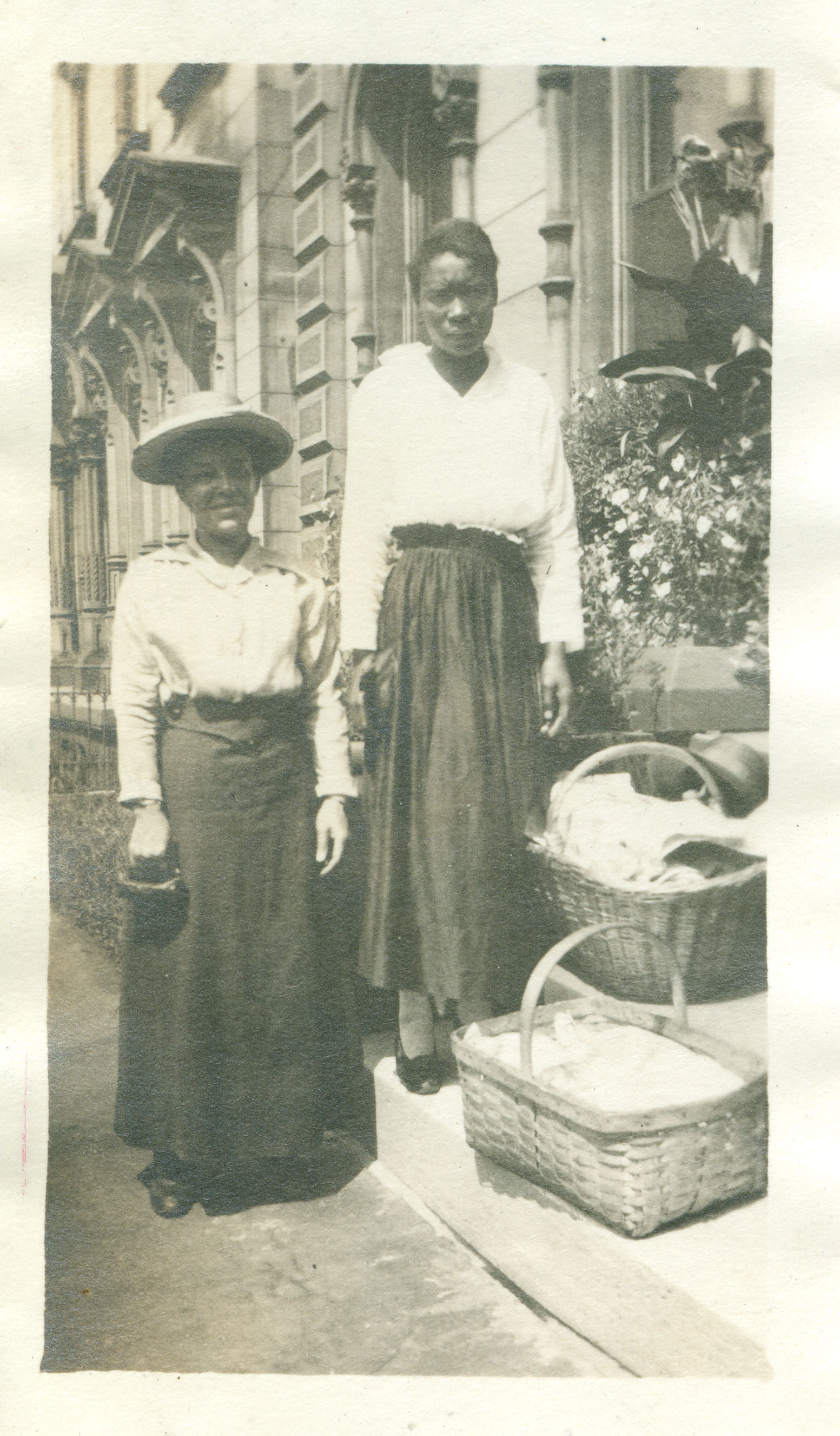
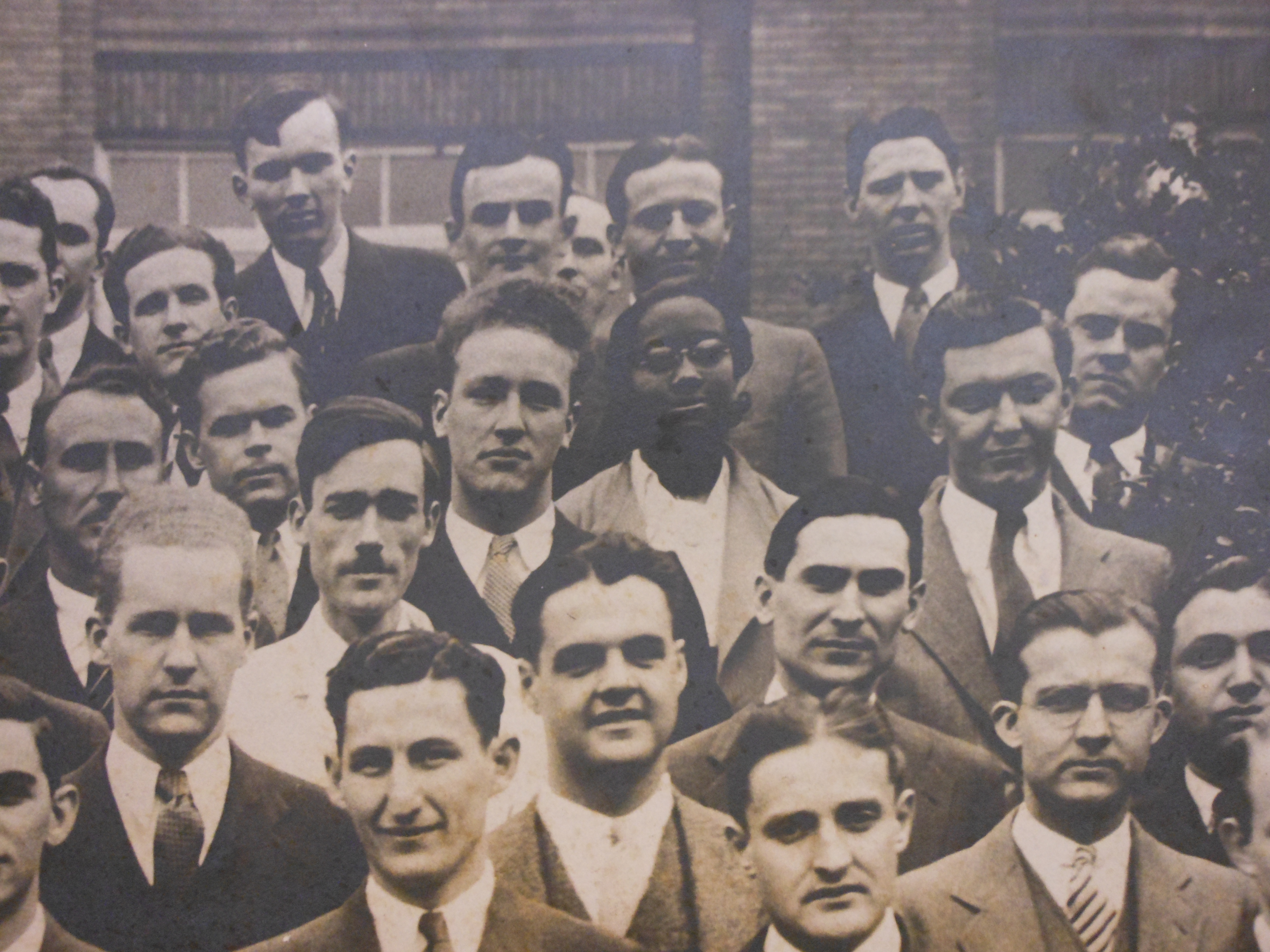
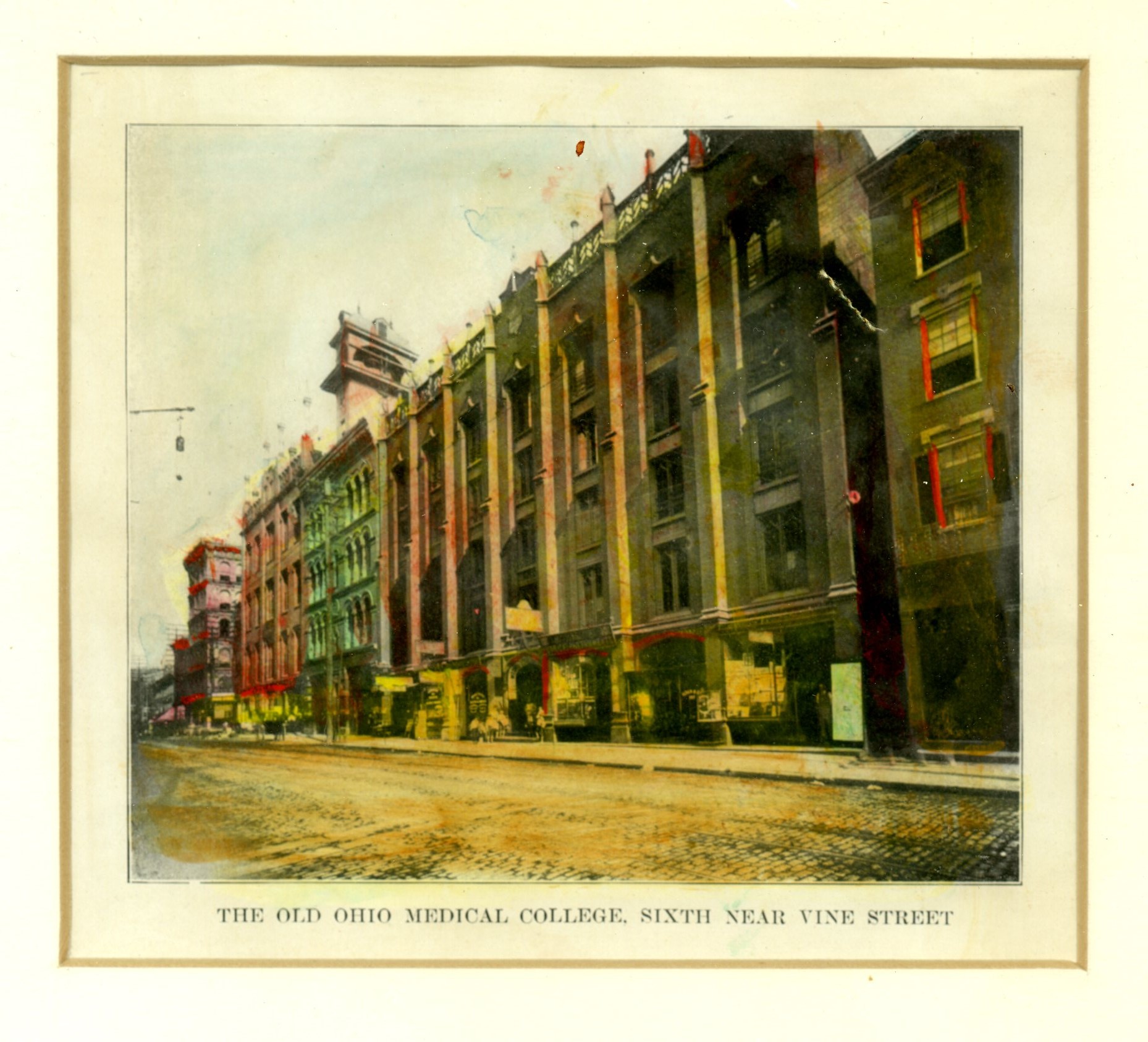

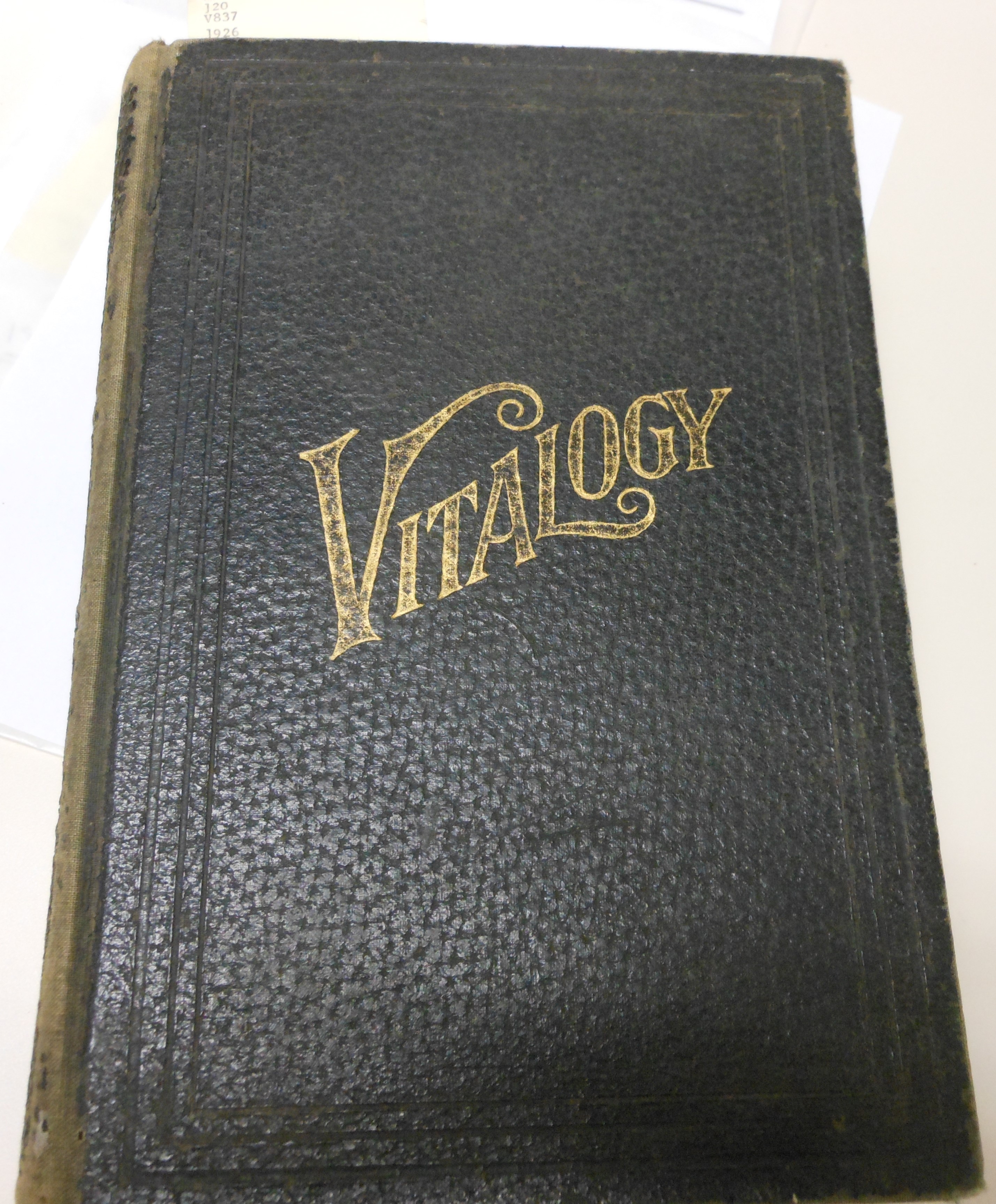
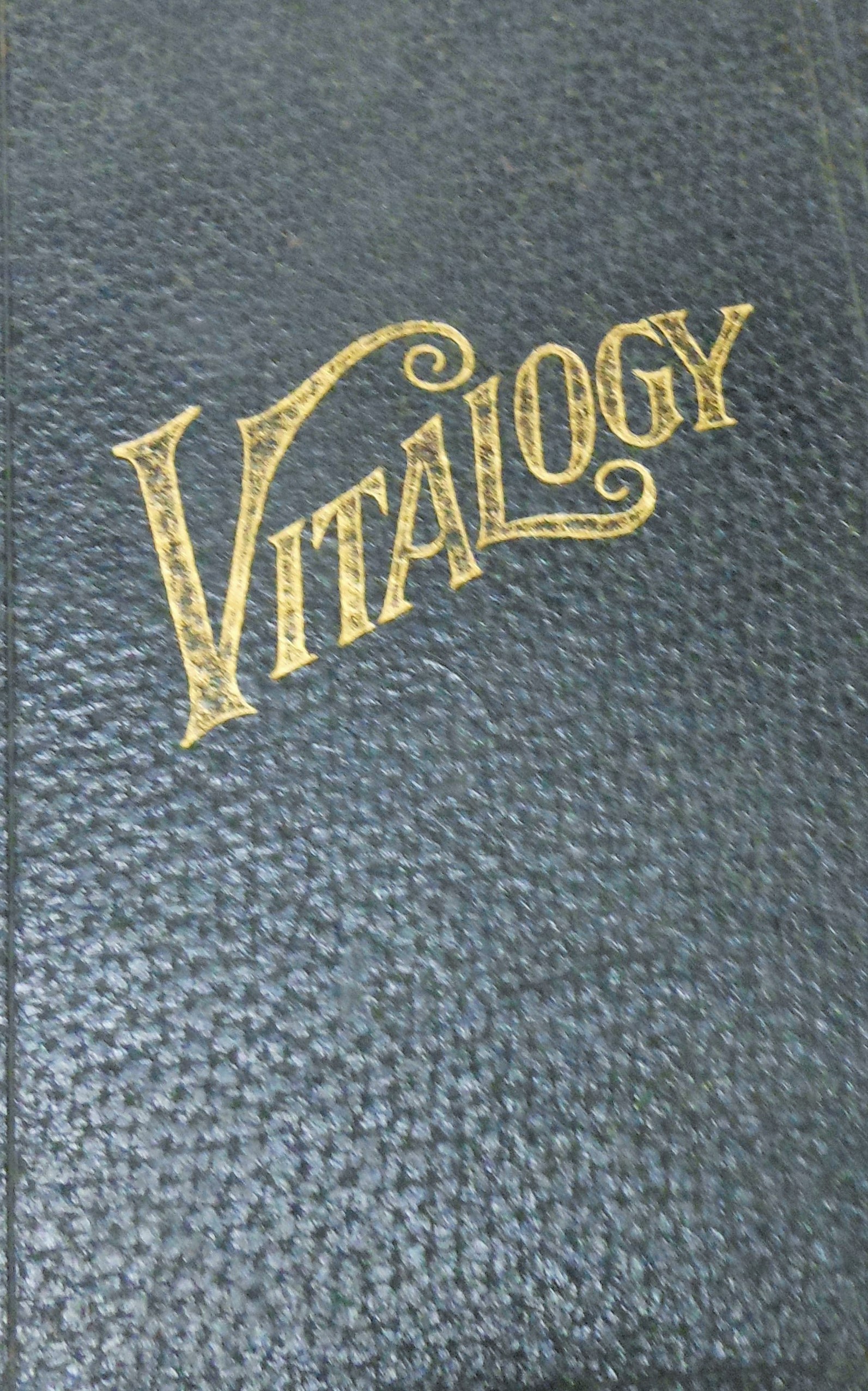
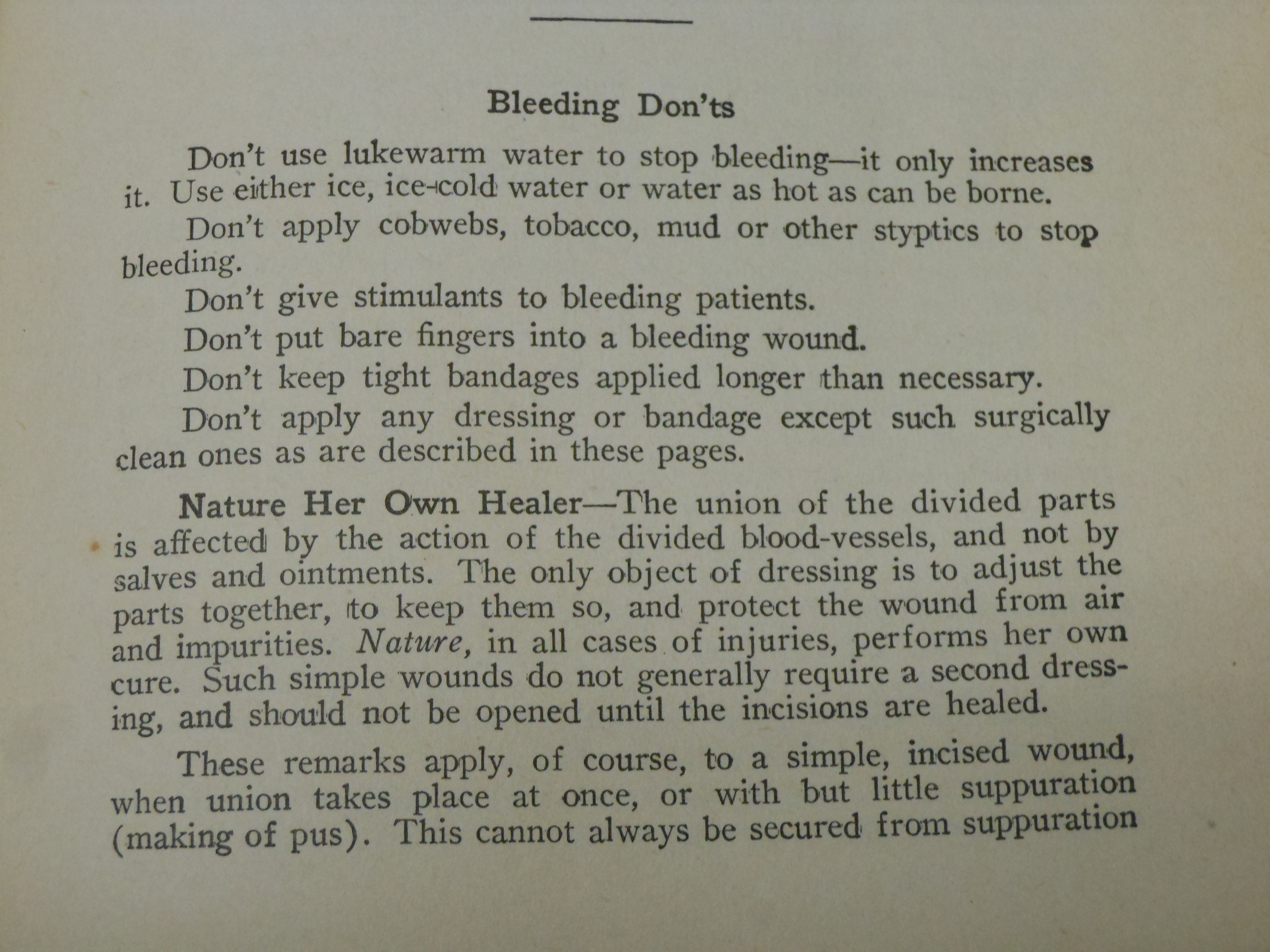
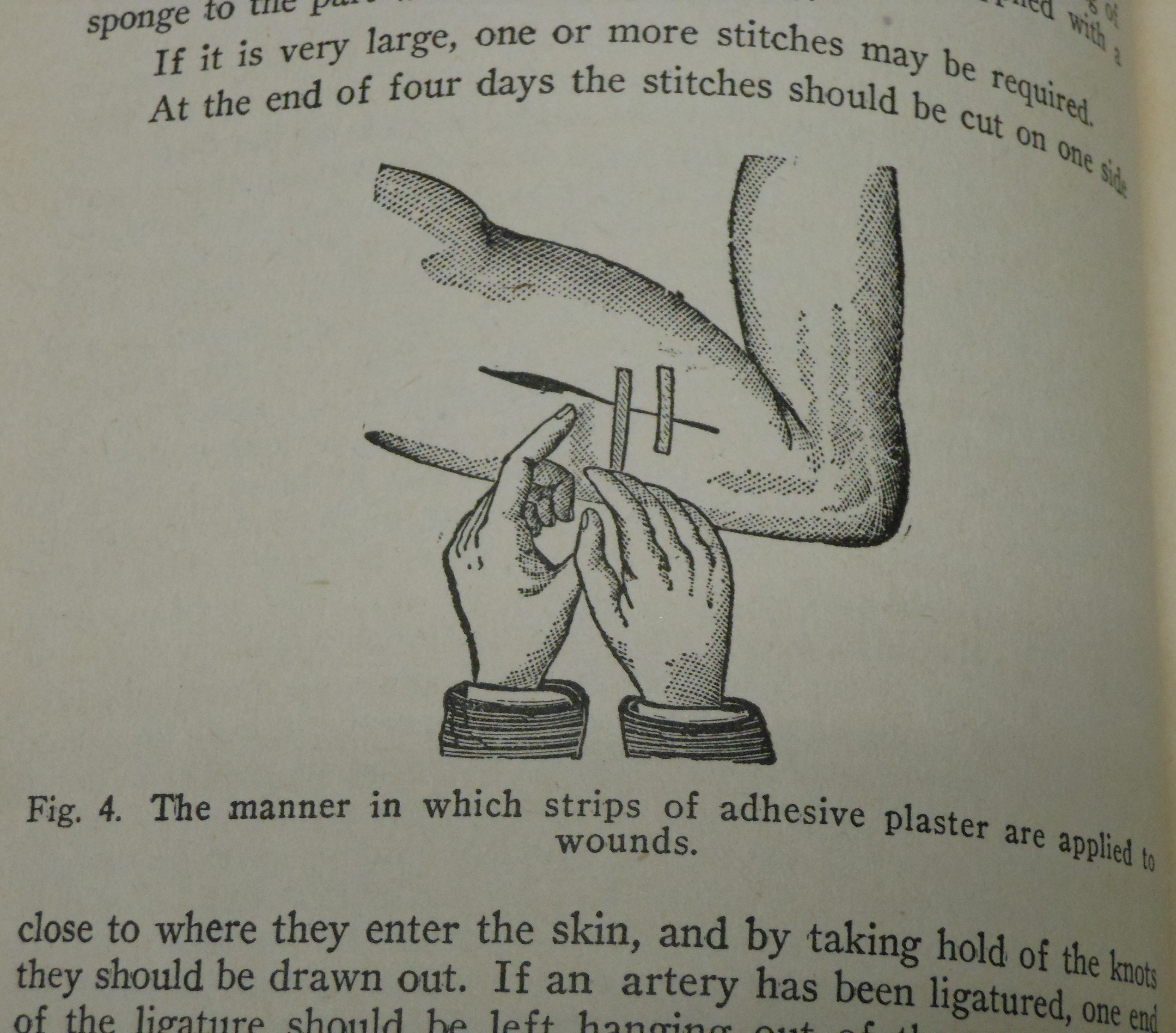
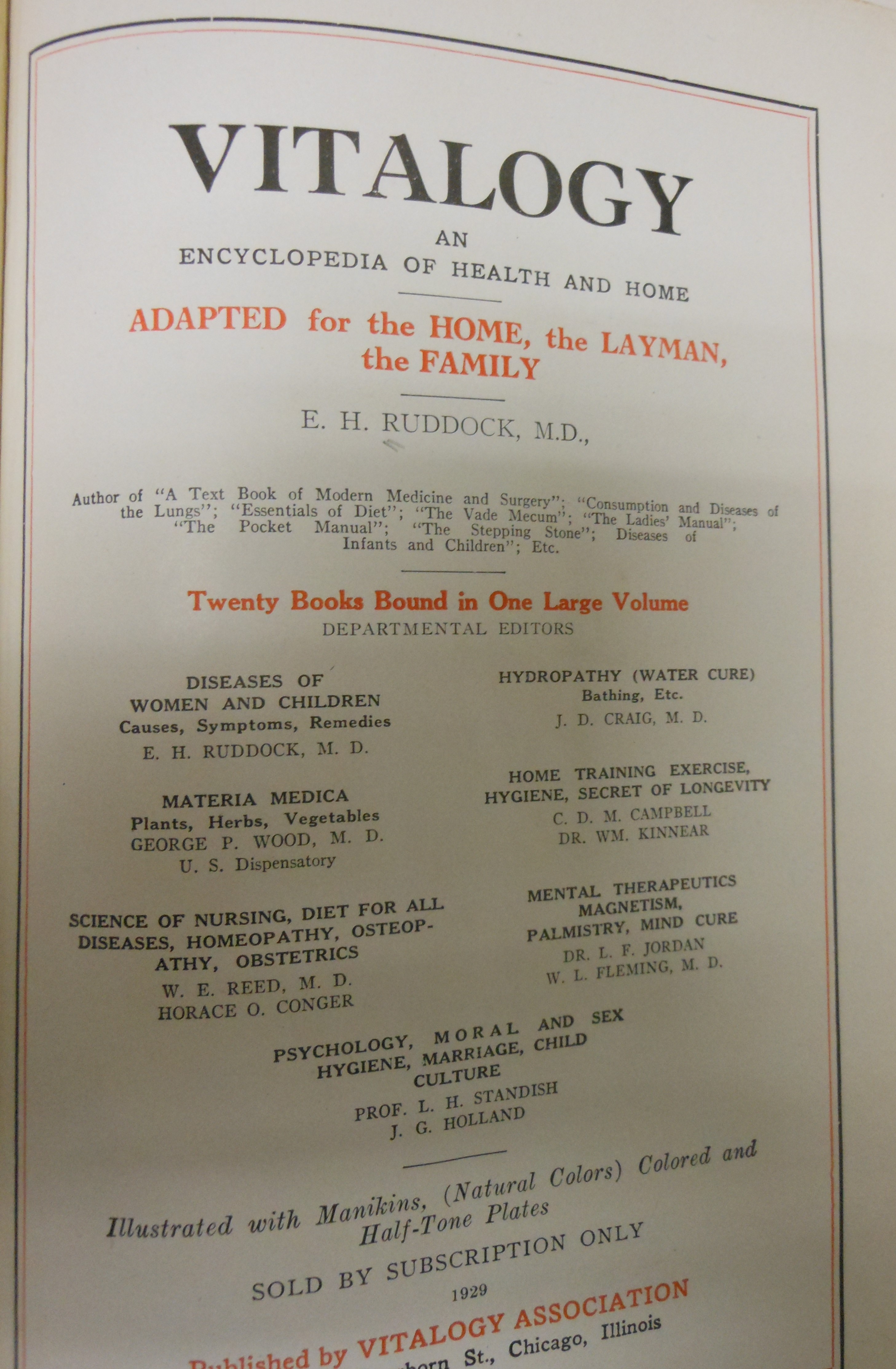 Home Adapted for the Home, the Layman, and the Family by E. H. Ruddock, M.D. was first published in 1899; the edition we have is from 1926. Biblical in proportion it contains 1004 pages full of holistic cures, medical advice and proverbial wisdom. In addition, it is full of incredibly detailed and intricate color illustrations and fold outs.
Home Adapted for the Home, the Layman, and the Family by E. H. Ruddock, M.D. was first published in 1899; the edition we have is from 1926. Biblical in proportion it contains 1004 pages full of holistic cures, medical advice and proverbial wisdom. In addition, it is full of incredibly detailed and intricate color illustrations and fold outs.